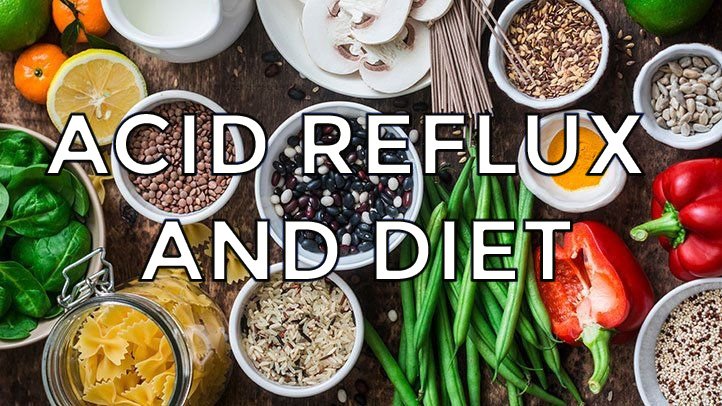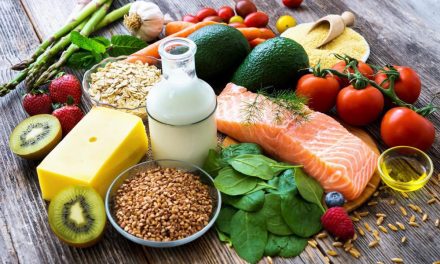Navigating the complexities of acid reflux, or gastroesophageal reflux disease (GERD), requires a nuanced understanding of how lifestyle choices, particularly diet, influence the condition. GERD manifests when the corrosive contents of the stomach ascend into the esophagus, leading to symptoms that range from the discomfort of heartburn to the more severe complications of esophageal damage. The intricate relationship between what we consume and the occurrence of acid reflux episodes underscores the importance of dietary considerations in managing this condition. This comprehensive exploration delves into the dietary dynamics at play in acid reflux, spotlighting the foods that can provoke or alleviate symptoms, and offering guidance on dietary adjustments aimed at mitigating discomfort and enhancing quality of life for those affected by GERD.
The Mechanisms of Acid Reflux
At the heart of acid reflux is the lower esophageal sphincter (LES), a critical valve that regulates the passage of food from the esophagus into the stomach. When the LES functions properly, it seals off the stomach, preventing the acidic contents from flowing back into the esophagus. However, various factors, including dietary habits, can compromise the integrity of the LES, leading to the characteristic symptoms of GERD. The interplay between the LES’s functionality and our dietary choices is central to understanding and managing acid reflux.

Culprits: Foods That Trigger Acid Reflux
Dietary management of acid reflux revolves around identifying and avoiding foods that trigger symptoms. These triggers can vary widely among individuals, but several common offenders have been identified:
- High-fat foods: The consumption of high-fat foods is linked to a slower digestion process, which can increase the pressure on the LES, making reflux more likely. Foods in this category include creamy sauces, fatty meats, and certain dairy products.
- Spicy foods: For many, spicy foods exacerbate the symptoms of acid reflux by irritating the already sensitive lining of the esophagus.
- Acidic foods and beverages: Tomatoes, citrus fruits, and sodas have high acidity levels that can irritate the esophagus and trigger reflux episodes.
- Chocolate: The presence of methylxanthine in chocolate has been shown to relax the LES, increasing the risk of acid reflux.
- Caffeine and alcohol: Both substances can weaken the LES, facilitating the backflow of stomach acid into the esophagus.
Allies: Foods That Can Help
While certain foods are known to exacerbate GERD symptoms, others can play a beneficial role in managing the condition:
- High-fiber foods: A diet rich in fiber can improve digestion and reduce the chances of reflux. Foods high in fiber include oats, whole grains, vegetables, and fruits.
- Ginger: With its natural anti-inflammatory properties, ginger can help soothe the digestive system and mitigate symptoms of acid reflux.
- Lean proteins: Incorporating lean proteins such as poultry, fish, and legumes into your diet can support digestive health without overburdening the LES.
- Alkaline foods: Foods that are more alkaline may help neutralize stomach acid, reducing the severity of reflux symptoms. Examples include bananas, melons, and almonds.
Dietary Strategies for Managing Acid Reflux
Beyond identifying trigger and beneficial foods, adopting specific dietary strategies can significantly impact the management of GERD:
- Meal size and frequency: Opting for smaller, more frequent meals can help prevent the stomach from becoming overly full, which can pressure the LES and trigger reflux.
- Mindful eating habits: Eating slowly and chewing thoroughly can aid digestion and reduce the risk of reflux.
- Avoiding late meals: Eating close to bedtime can exacerbate reflux symptoms as lying down can facilitate the backflow of acid into the esophagus. Aim to finish eating at least three hours before going to bed.
- Maintaining a healthy weight: Excess weight, especially around the abdomen, can increase the pressure on the stomach and LES, making reflux more likely. Losing weight can significantly reduce the frequency and severity of reflux episodes.
- Elevation during sleep: Elevating the head and upper body during sleep can help prevent nighttime reflux by utilizing gravity to keep stomach contents in place.
The Role of Lifestyle in Managing Acid Reflux
In addition to dietary adjustments, lifestyle modifications can play a crucial role in managing acid reflux. Quitting smoking and reducing alcohol consumption can significantly improve symptoms, as both habits can weaken the LES. Regular physical activity can also aid in maintaining a healthy weight and improving overall digestive health.
When to Seek Professional Advice
While dietary and lifestyle changes can effectively manage acid reflux for many, it’s important to recognize when professional medical advice is needed. If symptoms persist despite making adjustments, or if you experience significant discomfort, it’s crucial to consult a healthcare provider. They can offer guidance on further dietary modifications, prescribe medications to reduce stomach acid, and, in some cases, recommend surgical options for more severe cases of GERD.
Conclusion
The relationship between acid reflux and diet is complex but understanding the impact of certain foods and dietary habits on GERD symptoms can empower individuals to make informed choices that improve their quality of life. By identifying trigger foods, incorporating reflux-friendly foods, and adopting beneficial dietary strategies, those affected by acid reflux can effectively manage their symptoms. Coupled with lifestyle modifications and professional guidance when necessary, a comprehensive approach to diet can serve as a cornerstone in the management of acid reflux, paving the way for a more comfortable and symptom-free life.






